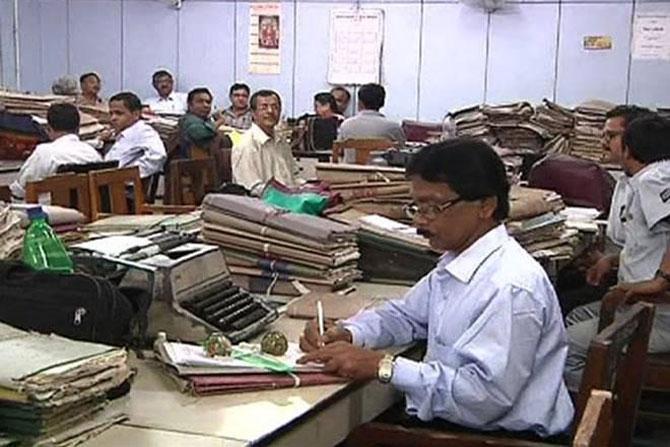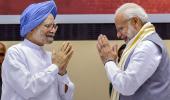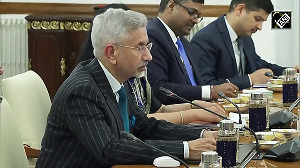While manufacturing firms cut jobs for the first time in 20 months to sharply reduce costs, services providers continued their hiring spree.

Growth returned to the services sector as activity increased in November, following two-straight months of contraction, according to a global survey released on Wednesday.
The widely tracked Nikkei India Services Purchasing Managers Index (PMI) stood at 52.7 in November, up from 49.2 in October and 48.7 in September.
In PMI parlance, the 50-mark threshold separates expansion from contraction.
Growth had peaked to a 43-month high of 54.7 in August.
This was in line with manufacturing activity which also rose to 51.2 in November after October’s two-year low, according to a similar survey for manufacturing released earlier this week.
However, while manufacturing firms cut jobs for the first time in 20 months to sharply reduce costs, services providers continued their hiring spree.
The pace of job expansion accelerated to a three-month high, the survey pointed out.
The services sector expanded at its fastest pace in four months because of an increase in new business orders, following a stabilisation in October.
Firms that reported higher sales generally cited better demand conditions.
November data also signalled a ninth successive rise in new business from international markets, with the rate of export growth accelerating slightly since October, the survey showed.
Within the services industry, consumer services, information & communication, and real estate & business services saw growth in three of the five categories monitored by the PMI survey.
But transport & storage and finance & insurance firms saw business activity continuing to slip.
However, pending client payments forced an increase in the backlog with levels of work-in-hand rising for the second-straight month in November.
Average input prices increased solidly in November, with the rate of inflation quickening to a 13-month high.
Survey respondents mostly attributed higher cost burdens to rising food, fuel and medicine prices.
The rise in input costs was widespread across the five tracked sub-sectors.
However, average prices charged for the provision of services increased only slightly and at the weakest pace since July.
This meant that the gap between rates of input cost and output charge inflation was the widest noted for over a year.
“Although the services economy shrugged off some of the weakness seen in September, October, the latest PMI results continue to sound a note of caution regarding demand and the underlying state of the sector.
"While the sector moved along nicely and looks set for a sustained expansion in December, there were signs of fragility,” said Pollyanna De Lima, economist at IHS Markit and author of the report.
Rates of expansion in sales and activity were mild by historical standards, while the degree of business confidence remained subdued, she warned.
Overall, the level of positive sentiment among services firms was at a three-month high in November, but well below the long-run average.
Marketing initiatives, lower lending rates and favourable state policies were cited as growth drivers but the overall state of the economy spooked many firms.
The seasonally adjusted Nikkei India Composite PMI Output Index, which calculates average growth after considering both manufacturing, services indices, relative to the size of GDP, rose to 52.7, from October’s 49.6.











